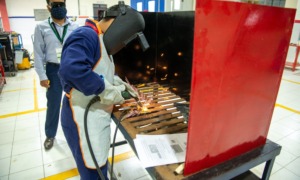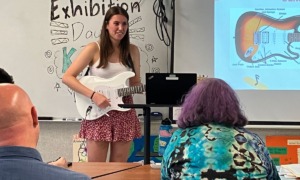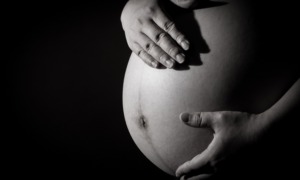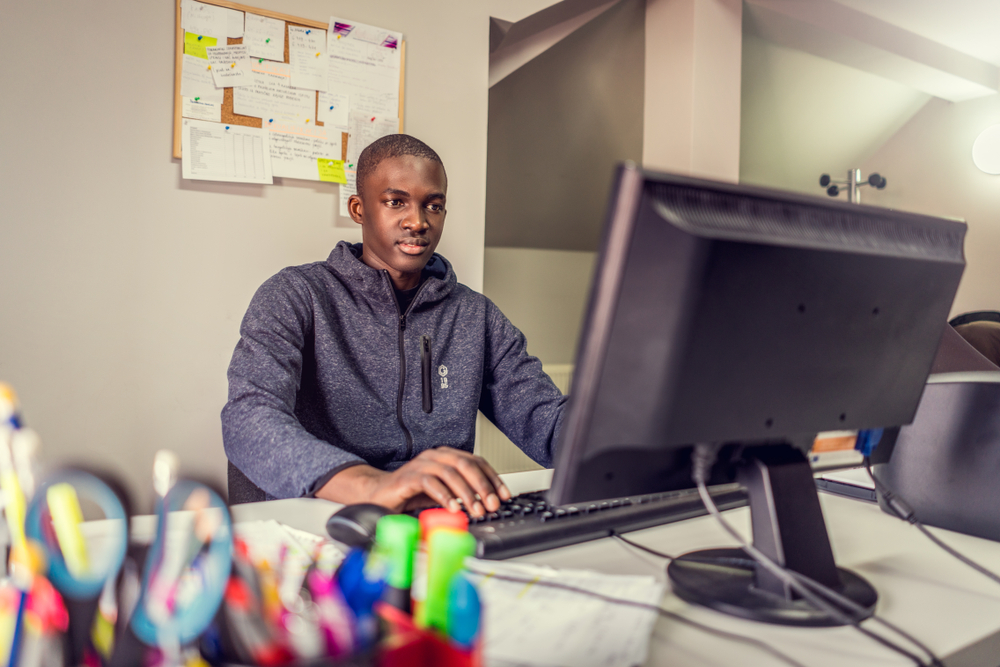
Recently, I have spent a great deal of time in Virginia. My organization, Jobs for the Future, is supporting the state’s education community as it rolls out a transformational change effort, dubbed “Virginia is for Learners,” playing off the state’s iconic “Virginia is for Lovers” tourism and travel slogan. Leaders are working toward equity by encouraging the use of deeper learning and career pathways and modernizing its assessment system. This work is driven by future-focused changes to Virginia’s high school graduation requirements.
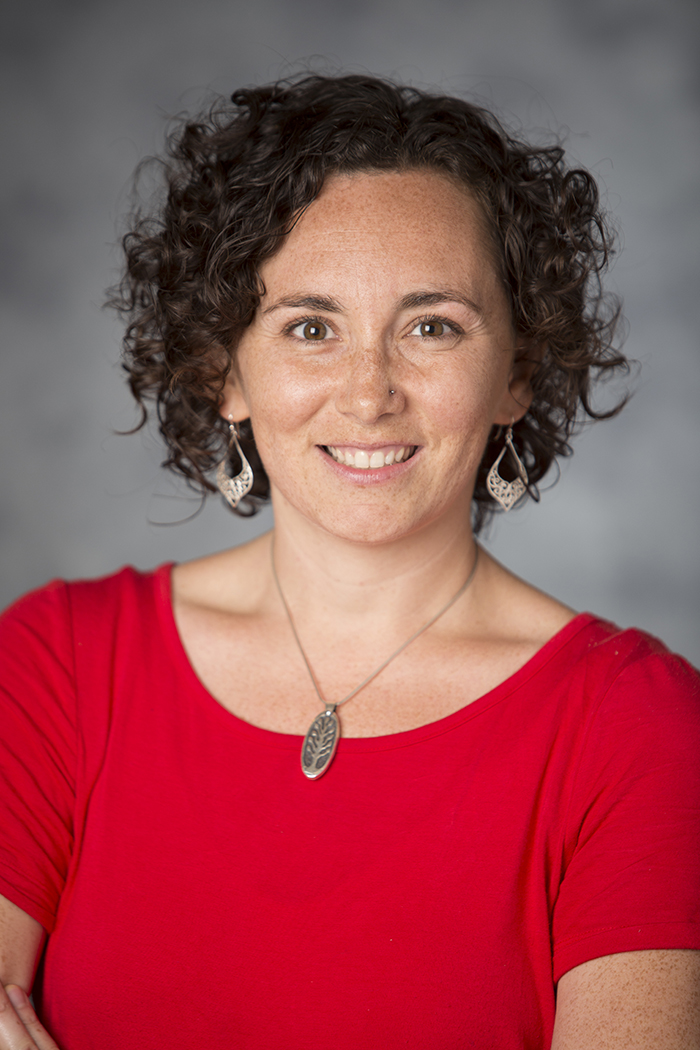
Stephanie Malia Krauss
This work started a couple of years ago, when the state was supporting a number of high school innovation efforts. As the education community started to rethink how high school is organized, they questioned whether graduation requirements matched what young people really need to be ready for life after high school. Like many, they realized that — for the most part — graduation was more a measure of high school completion than a marker of preparation for college or work.
This led to the state Department of Education’s release of Profile of a Virginia Graduate, which expands the view of what commonwealth students need to know and be able to do by graduation. Starting with this year’s freshman class, every high schooler will move beyond content mastery to engage in work-based learning, service learning and career preparation activities. Additionally, content mastery will be combined with skill-building opportunities. All graduates will be expected to leave high school with five core skill sets seen as crucial for future success: critical thinking, communication, creative thinking, citizenship and collaboration. Previously, this kind of work was happening in pockets across the state, and now it is being supported as a full-scale statewide movement.
Virginia is not alone in its efforts to rethink high school graduation. Across the country states and districts are building their own “portraits” and “profiles.” This work has been prompted by national groups, such as EdLeader21, and owned by local school districts. There is a lot of enthusiasm for the work, and I understand why. As someone who ran a public high school, I know the disappointing difference between graduating a student and believing that student is ready for what comes next. Too often, it is a near match, with costly consequences.
What young people need in, out of school
So how can you tell which competencies matter most? Did Virginia choose the right five? Well, they certainly chose five very important ones. But, choosing can be hard and making sense of the many lists can be confusing.
A few years ago, when I worked for the Forum for Youth Investment, we received a generous gift from the Ford Foundation to study what young people need in order to be ready for college, work and life. Ford allowed us to look beyond the setting — this was about what competences young people need most often, rather than what they need for one aspect of their development (e.g., social or emotional) or life stage (e.g., college or career).
We did the messy work of culling through and comparing nearly 70 authoritative sets of skills and standards. Some were labeled “academic,” others “employability” and still others “life skills.” We were agnostic on what the types of skills were called. We were more interested in how often they were used and how important they were, based on our understanding of the adolescent brain and human development, as well as predictions on what skills will matter most in the future.
In the end, we found 10 “readiness abilities” that people use on a daily, if not moment-by-moment basis. They are as important in childhood as they are in adulthood. You can attach a number of specific competencies to them — like Virginia’s “5Cs” — in different combinations, depending on the person or situation.
I still believe these abilities stand out as a type of competency container that we can use to organize how we serve and support young people, and in Virginia’s case, how to get students to achieve the graduation profile. They are universal, equally important for how we live, learn, work and relate to each other.
Let me end by sharing these 10 abilities. I encourage you to check out the longer-form piece that came from our three years of research. I still keep this document handy because I find that the content is as important to my professional role as my parenting one.
The 10 Readiness Abilities Young People Need Most
Young people must be able to:
- Think and create in ways that help them navigate and experience life
- Feel and express emotion appropriately and as a way to connect with others
- Get and stay healthy physically, emotionally, mentally and spiritually
- Apply learning in the real world and to meet life demands
- Use insights to grow and develop in each stage of life
- Work and stay focused in each area of life
- Relate to others and the world by forming, managing and sustaining relationships
- Engage with people and places in meaningful, real and honest ways and by being present
- Persist through struggles and maintain hope no matter the challenge
- Solve problems and make decisions about the intellectual, social, moral and emotional issues and problems they face.
More details available here: https://sparkaction.org/readiness/research/abilities
Stephanie Malia Krauss is the director of special projects at Jobs for the Future, focusing on cross-systems approaches to the economic advancement of vulnerable populations, including student-centered learning. She was previously a senior fellow with the Forum for Youth Investment and Corporation for a Skilled Workforce.


